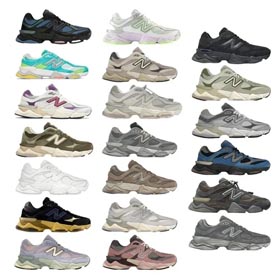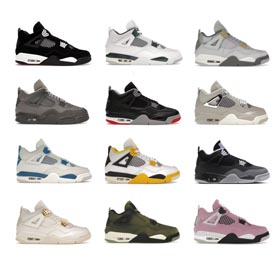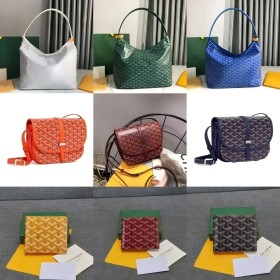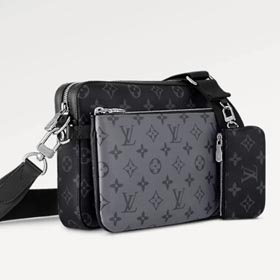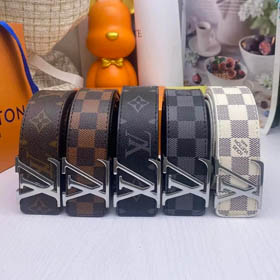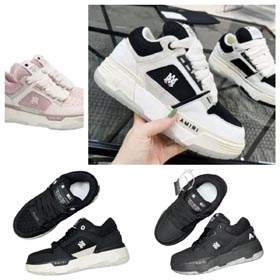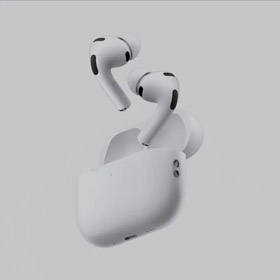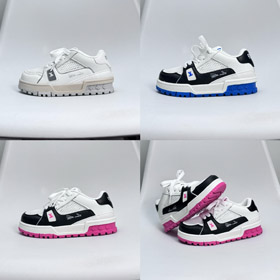The Timeless Legacy of Burberry: From Trench Coats to Global Luxury
Founded in 1856 by Thomas Burberry, this British luxury fashion house began as a small outfitter's shop in Basingstoke, Hampshire. What started as a modest business catering to country gentlemen would later revolutionize outerwear and become a symbol of British elegance worldwide.
The Invention That Changed Fashion
In 1879, Burberry made history by creating gabardine – a breathable, weatherproof fabric woven from tightly spun yarn. This groundbreaking material led to the brand's first iconic product: the Tielocken coat (1895), the direct predecessor of the famed Burberry trench coat. The website linked showcases how these coats continue to evolve while maintaining their heritage.
Military Roots of an Icon
Burberry trench coats gained global recognition during World War I when the British military commissioned the company to design weatherproof uniforms. Features like D-rings (for attaching equipment), storm flaps, and epaulettes originated from these military specifications. Post-war, these practical elements became fashionable details that endure to this day.

The Check Pattern Phenomenon
In the 1920s, Burberry introduced its signature beige, black, white and red check lining. What began as a discreet trademark gradually became one of the most recognizable patterns in fashion. By the 1960s, celebrities like Audrey Hepburn and Peter Sellers popularized the check as a status symbol beyond just coat linings.
Modern Transformations
The late 20th century saw Burberry facing challenges with brand dilution from excessive licensing. A remarkable revival began in the 2000s under creative directors like Christopher Bailey, who reimagined classic designs for contemporary audiences. The company overhauled its digital strategy to become a pioneer in luxury e-commerce.
"Burberry represents that unique British sensibility where tradition and modernity coexist." – Former CEO Angela Ahrendts
Innovation Meets Sustainability
Today, Burberry continues pushing boundaries while honoring its heritage. Recent collections feature sustainable materials like ECONYL® regenerated nylon. The brand has also pioneered digital experiences, becoming the first luxury house to live-stream a runway show in 2010.
From outfitting polar explorers in the early 1900s to dressing modern A-list celebrities, Burberry's 160+ year journey demonstrates how functional design can transform into enduring style. As shown in the product archives, each reinterpretation of classic pieces carries forward the brand's commitment to quality and innovation.
The Future of British Luxury
Currently under creative director Daniel Lee, Burberry is writing its next chapter by revisiting architectural silhouettes from its archives. The brand's ability to reinvent itself while maintaining core values ensures its continued relevance in fashion's ever-changing landscape.
The Burberry story remains one of the most remarkable transformations in luxury – from practical raincoat manufacturer to global powerhouse representing British charm at its most refined and contemporary.



